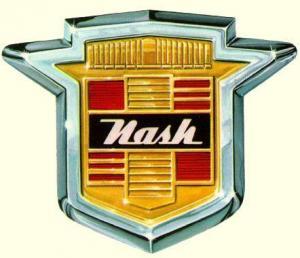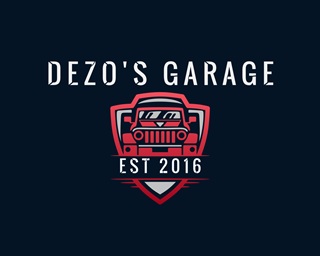Nash History

Nash Motors Company was an American automobile manufacturer based in Kenosha, Wisconsin, in the United States from 1916 to 1937. From 1937 to 1954, Nash Motors was the automotive division of the Nash-Kelvinator Corporation. Nash production continued from 1954 to 1957 after the creation of American Motors Corporation.
Nash pioneered some important innovations; in 1938 they debuted the heating and ventilation system which is still used today, unibody construction in 1941, seat belts in 1950, a US built compact car in 1950, and muscle cars in 1957.[1]
Nash Motors was founded in 1916 by former General Motors president Charles W. Nash who acquired the Thomas B. Jeffery Company. Jeffery's best-known automobile was the Rambler whose mass production from a plant in Kenosha, Wisconsin began in 1902.
The 1917 Nash Model 671 was the first vehicle produced to bear the name of the new company's founder.[2] Nash enjoyed decades of success by focusing its efforts to build cars "embodying honest worth ... [at] a price level which held out possibilities of a very wide market.
Before retiring, Charlie Nash chose Kelvinator Corporation head George W. Mason to succeed him. Mason accepted, but placed one condition on the job: Nash would acquire controlling interest in Kelvinator, which at the time was the leading manufacturer of high-end refrigerators and kitchen appliances in the United States. The resulting company, as of January 4, 1937, was known as the Nash-Kelvinator Corporation. Nash as a brand name continued to represent automobiles for Nash-Kelvinator. This was the largest merger of companies not in the same industry up until that time.
In January 1954 Nash announced the acquisition of the Hudson Motor Car Company as a friendly merger, creating American Motors Corporation (AMC). To improve the financial performance of the combined companies, all production beginning with the 1955 Nash and Hudson models would happen at Nash's Kenosha plant. Nash would focus most of its marketing resources on its smaller Rambler models, and Hudson would focus its marketing efforts on its full-sized cars.
For 1955, all the large Hudson and Nash automobiles were based on a shared common unitized body shell, but with individual powertrains and separate, non-interchangeable body parts.[24] This mimicked the longtime practice Big Three (General Motors, Ford, and Chrysler) that allowed for maximum manufacturing economy. Even with the merger forming AMC, they were held to a total of about four percent of the market and thus were under pressure to lower expenses and tooling costs for new models, perhaps by innovation.[25]
For 1955, all the large Hudson and Nash automobiles were based on a shared common unitized body shell, but with individual powertrains and separate, non-interchangeable body parts.[24] This mimicked the longtime practice Big Three (General Motors, Ford, and Chrysler) that allowed for maximum manufacturing economy. Even with the merger forming AMC, they were held to a total of about four percent of the market and thus were under pressure to lower expenses and tooling costs for new models, perhaps by innovation.[25]
The Nash Metropolitan, which had been marketed under either the Nash or Hudson brands, became a make unto its own in 1957, as did the Rambler. The Ramblers quickly overtook Nash and Hudson as the leading line of cars manufactured by AMC.
Soon after the 1954 merger, CEO George Mason died. Mason's successor, George W. Romney, pinned the future of the company on an expanded Rambler line of compact-sized cars, and began the process of phasing out the Nash and Hudson nameplates by the end of the 1957 model year.[26] Nash and Hudson production ended with the last Hornet made on June 25, 1957.[27] From 1958 to 1962, Rambler and the Metropolitan were the only brands of cars sold by AMC. By 1965 the Rambler name would begin to be phased out and AMC would take over as the brand name until the 1988 model year. In 1970, American Motors acquired Kaiser Jeep (the descendant of Willys-Overland Motors) and its Toledo, Ohio, based manufacturing facilities. In 1979, AMC entered into a technology partnership with Renault. In 1987, Chrysler Corporation made a public offering to acquire all shares of AMC on the NYSE. The shareholders approved the offer and AMC became a division of Chrysler Corporation.
